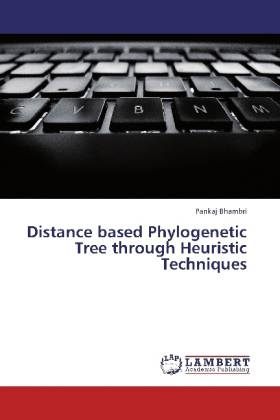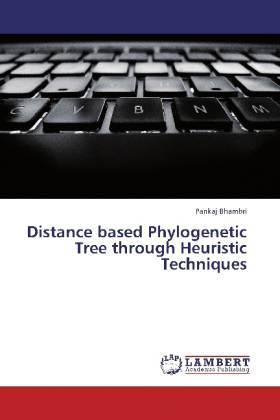
- Afhalen na 1 uur in een winkel met voorraad
- Gratis thuislevering in België vanaf € 30
- Ruim aanbod met 7 miljoen producten
- Afhalen na 1 uur in een winkel met voorraad
- Gratis thuislevering in België vanaf € 30
- Ruim aanbod met 7 miljoen producten
Zoeken
€ 65,45
+ 130 punten
Omschrijving
Bioinformatics is an upcoming area resulting from the combination of biotechnology and computer science. All the findings in the bioinformatics are stored and utilized with the help of computer science to get the constructive results and elaborations. Phylogenetic trees are constructed from the molecular sequences of the different living organisms. These are required to evaluate the relation between the different species and also the different time gaps from the actual origin. Sequence alignment is one of the applications of the bioinformatics. Multiple Sequence Alignment is used to align the biological sequences along a column. Multiple sequence alignment arranges the sequences in such a way that evolutionarily equivalent positions across all sequences are matched. The process starts by generating distances of multiple alignments among the pairs of different species, then a phylogenetic tree is formulated. Further, taking different data sets, bootstrapping of phylogenetics and consensus trees are being shown. Web based FASTA sequences are considered as input.
Specificaties
Betrokkenen
- Auteur(s):
- Uitgeverij:
Inhoud
- Aantal bladzijden:
- 72
- Taal:
- Engels
Eigenschappen
- Productcode (EAN):
- 9783659318139
- Verschijningsdatum:
- 4/01/2013
- Uitvoering:
- Paperback
- Afmetingen:
- 150 mm x 220 mm
- Gewicht:
- 118 g

Alleen bij Standaard Boekhandel
+ 130 punten op je klantenkaart van Standaard Boekhandel
Beoordelingen
We publiceren alleen reviews die voldoen aan de voorwaarden voor reviews. Bekijk onze voorwaarden voor reviews.








